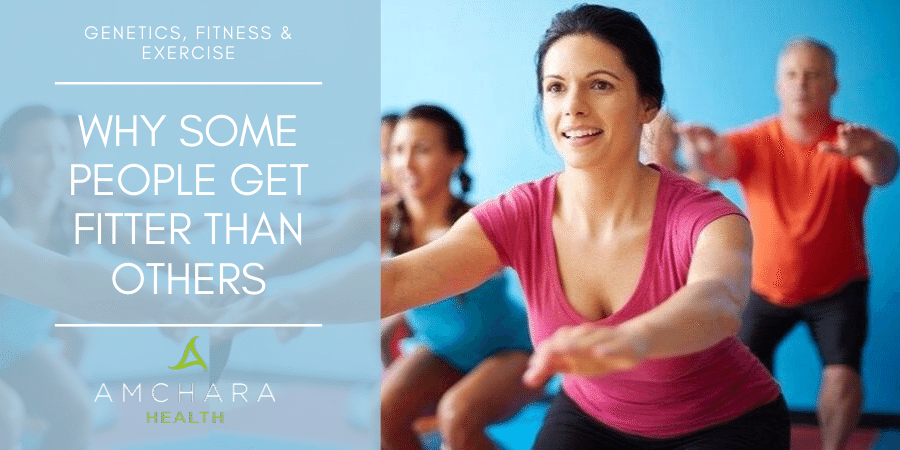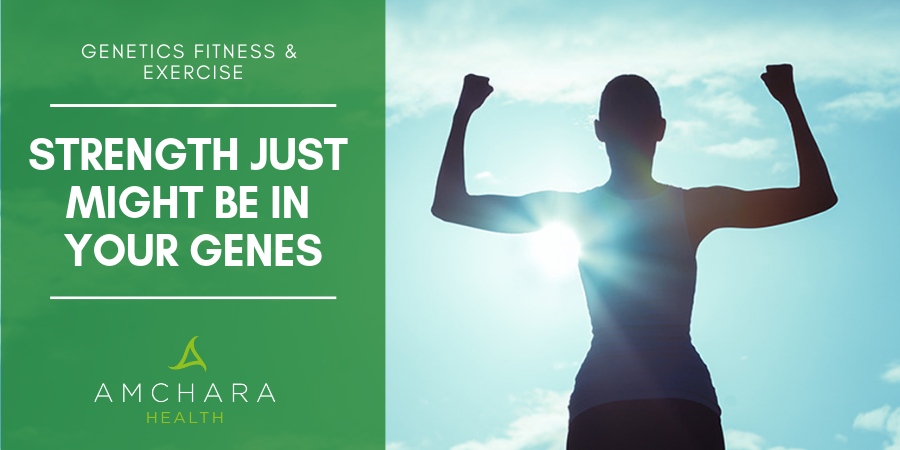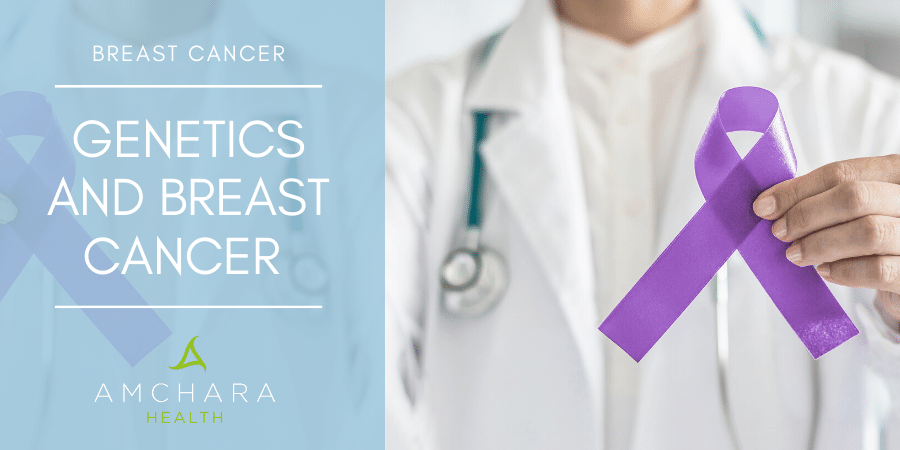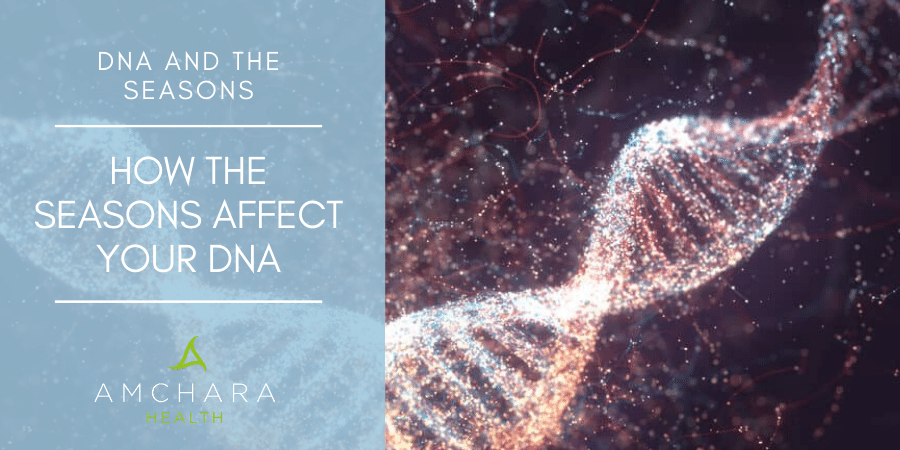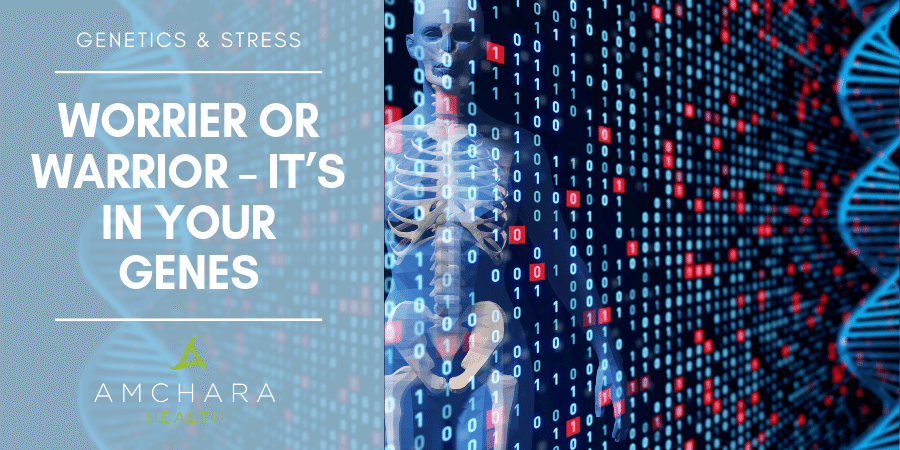Science is now starting to realise your DNA affects every single one of your body processes.
This means you inherit previously unimagined individualities in the ways you respond to outside stimuli.
Your body is primed to function slightly differently, depending on the combination of genes you are born with.
While it’s common knowledge genes affect your outward appearance, hair colour and height, it’s now apparent genes also affect how your body functions on a cellular level.
A myriad of complex variations determines how your body is primed to react to any circumstance.
The reason for this is DNA directs the construction and activity of proteins.
Enzymes, which speed up chemical reactions, are a type of protein.
Protein and enzyme activity are important for everything that goes on in the body.
Exercise and fitness are no exception.
The difference is in the SNP
Your genes possess variants, known as SNPs, which can increase or decrease the activity of the genes and therefore their effects.
Genes are strings of components which can be ‘read’, a bit like letters in a word.
A change in the order of one of these letters is much like a SNP.
Think of the difference you can make just by changing one letter of a relatively short word like ‘fat’.
Change the ‘a’ for an ‘i’ and it has a totally different meaning!
Each SNP exerts its effects through a multitude of pathways with potentially differing outcomes.
The unique genetic code you have inherited from your parents and grandparents influences how you’re likely to respond to a particular type of exercise.
This knowledge can help you to maximise your training and can even help your recovery.
Imagine being able to choose which type of exercise suits you best according to your genes?
Our mission is to provide you with both insightful information and evidence-based content, all orientated towards the Personalised Health approach, with actionable knowledge and tips to help you on your journey to optimal health.
In this article, we’ll delve a bit deeper into this fascinating subject.
Hate exercising? It could be your genes
As it happens, genetics may partly be the reason why one person is a gym addict while another dreads any type of exercise.
One study looked at pairs of identical twins while they performed low intensity and vigorous workouts.
Their perception of how they felt while exercising, their emotions and how much energy they believed they were putting in was then assessed and compared to other, unrelated people.
The identical twins had statistically similar feelings about doing the exercise.
Unsurprisingly, people who enjoyed fitness did more exercise (1).
Genes and how we respond to exercise
Next time you’re at the gym and you think you’re just not cut out for it, rather than concluding you simply hate exercise, consider that maybe it’s the type of exercise you’re trying to do that is jarring with your genes.
We know some aspects of how we respond to training are determined in part by genetics (2).
If each of us did exactly the same amount and type of exercise, we wouldn’t all become athletes, regardless of how much effort we put in.
This is due in part to our genetic differences.
You have genes which influence your muscle strength, your aerobic capacity, and how you respond to training.
Genes can have several variants, which are called polymorphisms.
One gene, called the ACE gene, has variants associated with improvements in performance and exercise duration.
Some variants favour endurance exercise such as triathlons, yet others favour strength and power, such as competitive swimming.
Other variants in this gene cause some people to respond better than others to exercise in terms of changes in their heart or skeletal muscle.
Finally, different variations may influence metabolic efficiency.
This has been seen in people who are high altitude climbers (3).
Genes and cardiovascular health
Exercise places a higher demand on your cardiovascular system because active muscles need more oxygen and nutrients than when they’re resting.
In endurance sports, your heart’s ability to deliver enough oxygen via the bloodstream to the skeletal muscles is a limiting factor as to how well you can compete.
Your cardiovascular system can adapt to this to a lesser or greater degree.
This is influenced in part by genetics and determines which type of exercise suits you best.
If cardiac output – the amount of blood pumped by the heart – is elevated, you’ll be best at high-intensity sports like sprinting or weight lifting.
- Genes and blood pressure
Genetic variations can influence your blood pressure via a system known as ‘RAAS’.
A group of related hormones act together to regulate your blood pressure over the long term.
Renin, angiotensin and aldosterone work to constrict blood vessels and alter how much fluid is retained by the kidneys.
These functions all receive their instructions from your genes and depend on enzymes.
Differences in how this system operates determines how your blood pressure responds to exercise.
If your genes cause your RAAS activity to be elevated, your blood pressure will tend to be higher.
The flip side of this is you tend to have better muscle growth and cardiac function. This is seen in elite athletes.
When you exercise your blood is diverted to the skeletal muscle into tiny blood vessels called capillaries.
The body responds to this by actually growing new capillaries, so more blood, oxygen and nutrients can reach the muscles (4).
In addition, although the density of your capillaries naturally declines with age, regular exercise can prevent this decline.
Some of us are born with better circulation than others, and again this is related to our genes.
Other genes instruct the release of a substance called nitric oxide, which relaxes blood vessels and improves circulation.
If your genes are enthusiastic at doing this, it means your blood pressure will have a tendency to remain low.
If this is the case you will be better at endurance sports.
- Genes and energy generation
The second major area which can be influenced by genetics is that of energy production.
One limitation to how successful you are at some types of exercise is how effectively your muscles can use the oxygen and create energy in the form of ATP.
ATP is the fuel which is needed for muscular function.
Your body uses a combination of carbohydrates, protein and fat as sources of energy.
What is used at any one time depends on availability, how intensely you are exercising and also by your genetics.
Some people’s bodies are predisposed to produce energy by certain means rather than others.
Generally, carbohydrates are good for immediate energy as they are easily converted, so they’re used for high intensity exercise.
Fat is used for low to moderate intensity exercise as it takes longer to convert.
Protein provides energy when carbohydrates and fat are in short supply.
Glucose can be turned into energy either by using oxygen (aerobic) or without oxygen (anaerobic).
Energy tends to be produced anaerobically during strenuous exercise.
Genetic variants can determine how much glucose is available for energy production.
Initially, increased energy needs from exercise are fuelled by the energy stored as glycogen in your muscles.
After around two hours of intensive exercise, the body switches to producing energy aerobically from fat.
Your genes determine how easily you can use fat for energy.
If you can do this more readily you’ll be better at endurance sports such as long distance running or cycling.
When energy is in short supply, you are able to produce energy by recycling ATP, which uses an amino acid called creatine.
Some people can perform this process more easily than others, which allows them to produce energy more rapidly, but only for a short period of time.
These people are good at sports requiring short bursts of energy like sprinting.
Genes and body structure and strength
Your genetics can influence your muscle, connective tissue and bone structure.
- Muscles
Muscle fibres can be what is known as fast or slow twitch types, and they differ by how they obtain energy.
Fast twitch muscles tire quickly but are great for rapid bursts of energy, while slow twitch fibres can work for a long time without tiring.
We tend to be genetically either fast or slow twitch dominant, which influences how our muscles respond to training. If you are fast twitch dominant, you may be better at sports which rely on short bursts of power like sprinting or weight lifting.
Although we can’t increase the number of the different types of muscle fibres we have, their strength can be improved by the right type of training.
For example, the strength and power of fast twitch fibres can be improved by strength training.
If you are slow twitch dominant you are suited to endurance sports like marathon running.
- Connective tissue
Your connective tissue makes up your tendons, ligaments and cartilage. It’s made from collagen.
Connective tissue repair is influenced by genes that control the speed of collagen synthesis.
This has an impact on how well your body can recover from an injury such as a sports injury.
Many different genes are associated with the production of collagen.
If you are genetically predisposed to repair collagen slowly, it’s a good idea to ensure you are eating foods containing sufficient nutrients for collagen synthesis, such as vitamins C and E, manganese and zinc.
- Bone health
Bone health is influenced by genes which determine your ability to utilise vitamins D and K.
If you can’t utilise these nutrients very well, it’s wise to be really careful you’re gaining an adequate intake as your need for these nutrients may be higher than someone else’s.
Genes and exercise recovery
Your ability to recover from exercise is determined by your genes.
Any sports injury will result in the production of inflammatory molecules. Conversely, exercise has been shown to control inflammation.
Genes influence processes like the regulation of exercise induced inflammation, oxidative stress – and therefore your requirement for protective antioxidants – and your sleep/wake cycle.
If you are genetically predisposed to produce less exercise-induced inflammation, you may experience less muscle soreness after exercise and shorter recovery times.
Exercise can change genes
Whatever genetic code you were born with, exercise is always beneficial.
What’s particularly interesting is exercise itself can actually alter the expression of your genes.
One study found vigorous exercise, even if it was brief, led to structural and chemical changes in the DNA within muscles, although the underlying genetic code was not changed.
Scientists believe the gene activation was brought about by the muscle contractions.
Over time, this genetically reprogrammed the muscle for strength.
Some of the genes changed by exercise are those which play a role in the metabolism of fat.
Exercise, especially short burst of acute exercise, increases the body’s production of proteins which break down fat (5).
Other changes involve alterations in the way your body stabilises blood sugar.
Endurance training appears to have other effects on gene expression.
In an experiment, healthy volunteers were tasked with exercising on a bike only using one leg, for a period of three months.
The researchers then looked at metabolic changes in the exercising vs the non-exercising leg.
The researchers found over five thousand sites on the genes in the muscle cells showed changes in gene expression.
The changes related to energy metabolism, inflammation and insulin receptor sensitivity (6).
Conclusion
Genetics is incredibly complicated – we still have a lot to learn.
In the future, this fascinating subject will no doubt tell us a great deal more about how we are influenced by – and how we ourselves can influence – the relationship between our DNA and exercise.
At Amchara we offer genetic tests which can provide an in-depth analysis of your genetic make-up and gene expression.
Such tests can tell you how your unique genetic tendencies could influence your reaction to exercise.
The results can allow you to tailor your exercise programme specifically to your genes, as well as making the right nutritional choices and lifestyle changes to align with your training programme.
A consultation with one of our trained naturopaths or nutritional therapists can also help to guide you through this process.
Did you find this article useful?
We are dedicated to providing insightful information on key aspects of health – all orientated towards the Personalised Health approach.
With your comments we’d love to continue the conversation.
Love exercise? Hate it?
Let us know your thoughts.
By Cathy Robinson BScDipNutMed
READ THIS NEXT:
